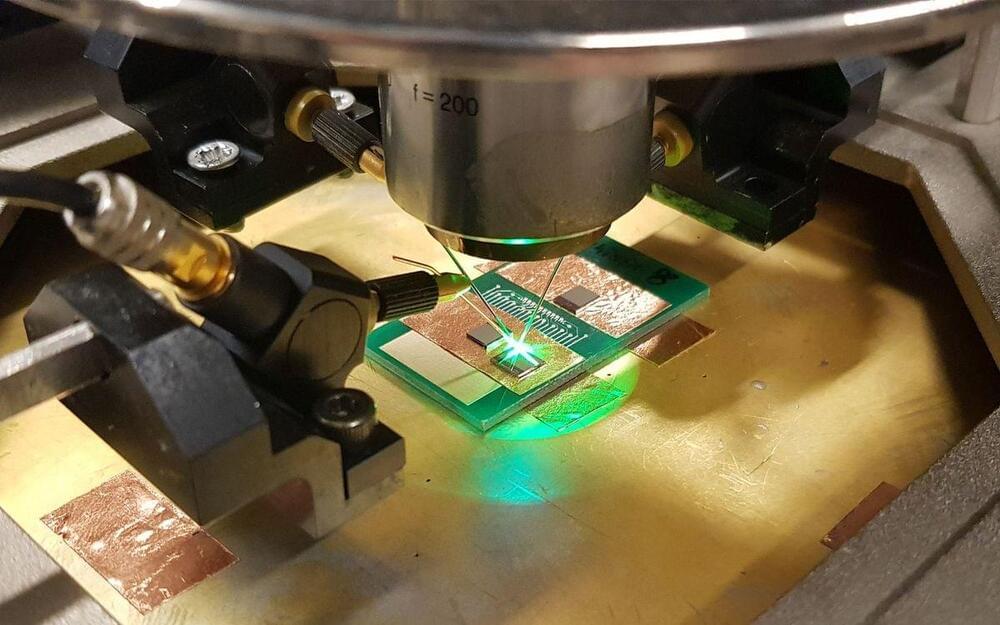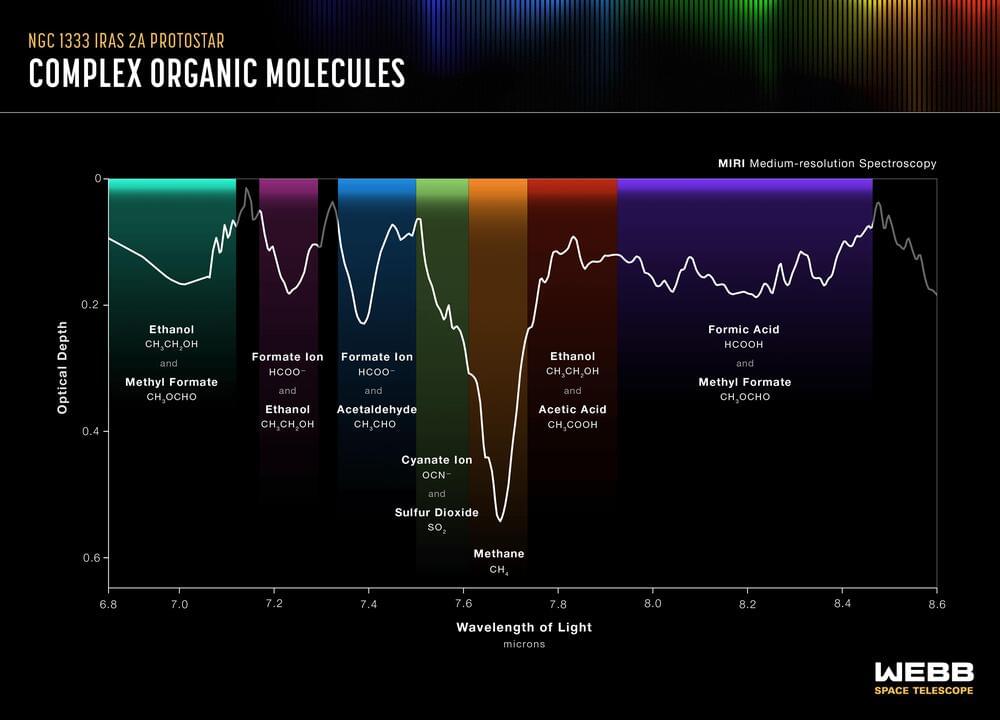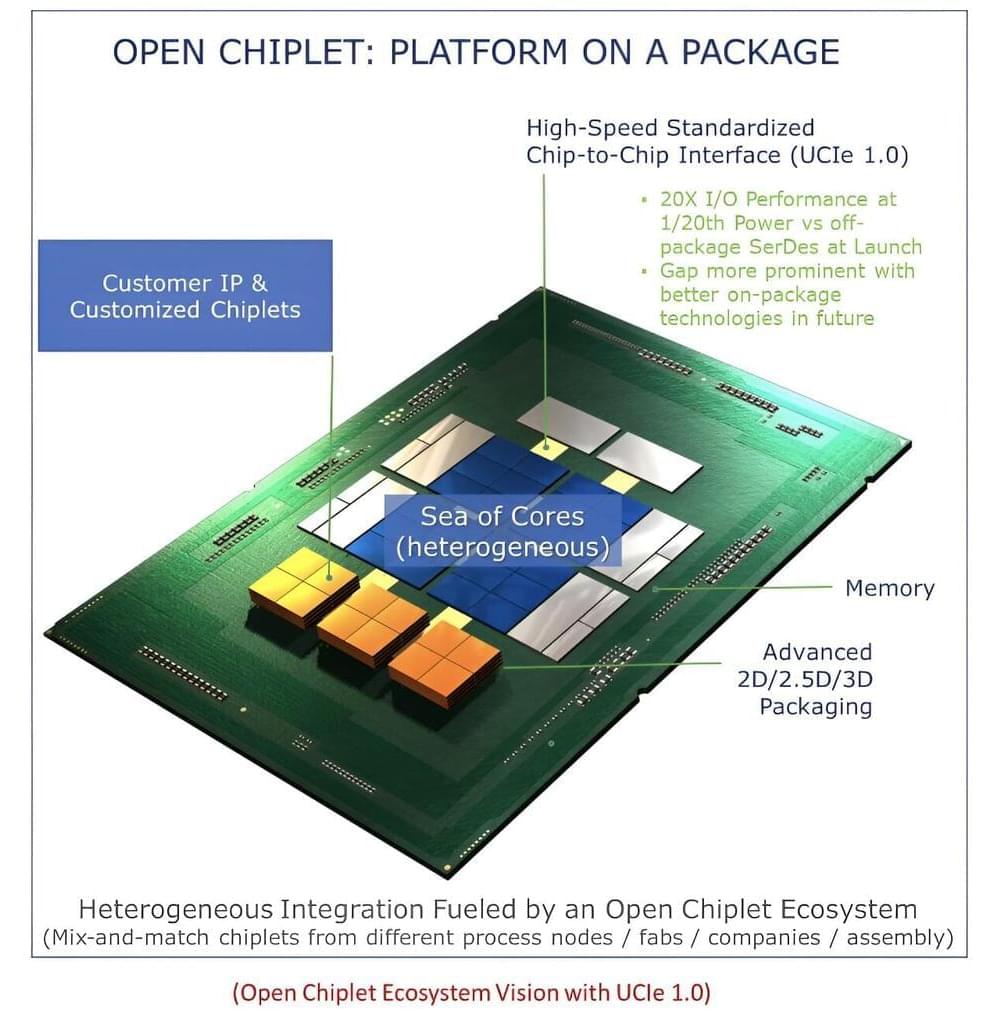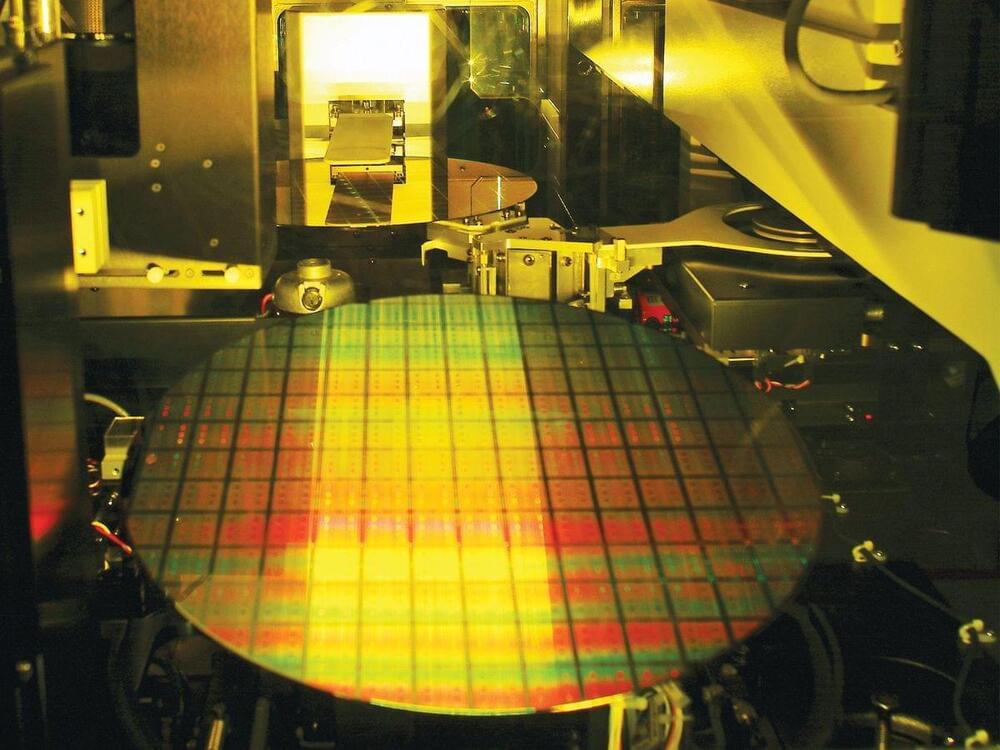In this episode, recorded during the 2024 Abundance360 Summit, Peter and Elon discuss super-intelligence, the future of AI, Neuralink, and more.
Elon Musk is a businessman, founder, investor, and CEO. He co-founded PayPal, Neuralink and OpenAI; founded SpaceX, and is the CEO of Tesla and the Chairman of X.
Learn more about Abundance360: https://www.abundance360.com/summit.
———-
This episode is supported by exceptional companies:
Use my code PETER25 for 25% off your first month’s supply of Seed’s DS-01® Daily Synbiotic: https://seed.com/moonshots.
Get started with Fountain Life and become the CEO of your health: https://fountainlife.com/peter/







